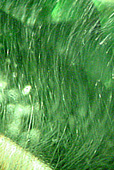
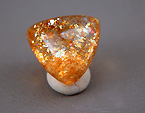
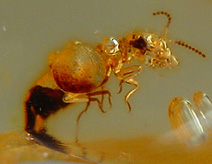
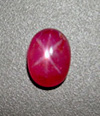
Why would anyone want a gem with inclusions? Generally the more inclusions in a gem, the lower its value. This is particularly true if these inclusions discolor the gem, degrade its transparency, or make it more likely to fracture. Strangely enough, there are numerous gems whose value is enhanced by the presence of inclusions, which either identify its species or origin, or give it certain optical or color characteristics. Examples would include demantoid garnet whose "horsetail" inclusions verify valuable Russian origin, sunstone whose reflective platelets give it sparkle, Baltic amber with trapped insects or plant parts, and star rubies and sapphires which depend on included rutile needles for creation of the star phenomenon.




This short discussion, however; will focus on just one species: quartz, and some of the inclusions which can give it added value.
The most common and familiar inclusion in quartz is rutile. The needle-like crystals can be thick or thin, pale gold to rich orangey brown and arranged in dense or sparse patterns.

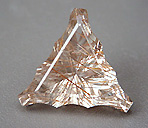
What might be considered the "Holy Grail" for quartz inclusion collectors is the rutile/hematite starburst. In these pieces a six sided, shiny black hematite crystal serves as an alignment point for the rutiles which, in the best examples, line up in parallel bundles along each face forming a six rayed star with a hematite center. Such pieces are sought after and highly valued even when the stars overlap or are incomplete.
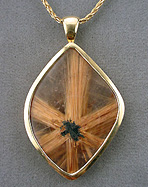
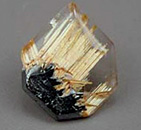
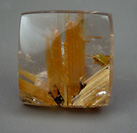
Other needle-like crystals such as edenite, Goethite, and tourmaline produce attractive and interesting gems with various colors and patterns.
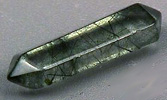
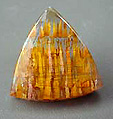
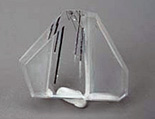
The tourmaline crystals are most often opaque black and are particularly desirable when they occur as large isolated individual crystals. One sought after type of this gem is a round faceted quartz with a single black tourmaline needle captured in it--> if it runs from the center of the table to the culet it will reflect in all the pavilion facets and form a perfect "pinwheel".
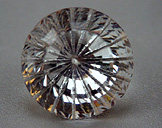
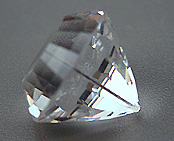
Besides the needle-like crystals there are other types which create attractive interior landscapes. For example, pyrite with its metallic silvery-gold color can occur as random shapes, as "flowers" or "suns" or, most sought after, perfect cubes! Platelet-like forms of red hematite or lepidocrosite can give an overall pink or red color to a clear quartz as in the strawberry and raspberry quartzes. Some materials, such as manganese oxide, form crystal "dendrites" within quartz which look like snowflakes, fern fronds or tree branches. Many newcomers to the gem hobby have mistakenly taken these to be fossil plants within the stone, as the form is so realistic.
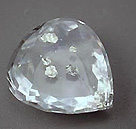
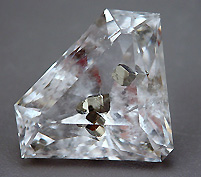


Growth phenomena such as starts and stops during crystal formation sometimes provide interior interest. "Phantoms" which show the outline of a host crystal face with deposited material of a different color or transparency, and "negative crystals" which are voids bounded by the growing host crystal walls are examples.

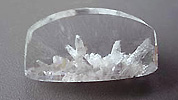
One of the most interesting quartz inclusions for the collector to own is an "enhydro". This is the case where a bubble of gas is trapped within a pocket of liquid inside the crystal. As the piece is tilted, the bubble freely moves within its chamber.
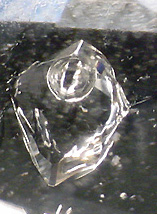

Certain microcrystalline quartzes, the chalcedonies, also can be improved by their inclusions. Examples include dendritic chalcedony with its flower-like patterns, "amethyst sage", and the iron stained channels of Indonesian chalcedony which create random (but sometimes meaningful) patterns. Such inclusions can be microscopic as in the case of chrysocolla in quartz (gem silica) which gives a tough-as-quartz gem with the sublime color of the much more fragile chrysocolla.
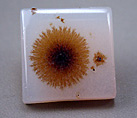
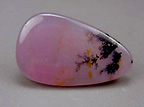
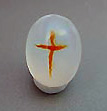

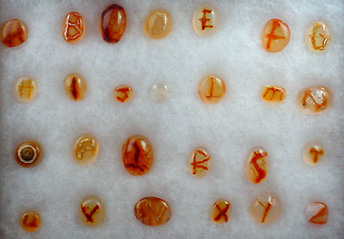
Crystals of metals like gold, silver and copper within white quartzite rock have long been valued for their beauty.



In general, simulants and synthetics of these gems are rare, prices are reasonable, and fragility is not a problem, so there is little to worry about. Collecting or wearing pieces with interesting internal features such as these can increase one's enjoyment and appreciation of gemstones greatly.
When considering the purchase of an included quartz, the main factors to consider would be the distinctiveness, rarity and beauty of the inclusion(s) within the stone. In addition, it is usually true that the more centrally placed and the less obscured by extraneous inclusions the desired ones are, the higher the value. The general factors of value for any stone such as clarity, carat weight, color and cutting perfection would provide secondary value points.